It’s Time for Borrowers and Sellers to Consider the Land Lease
Kevin Choquette of Fident Capital on the benefits of this increasingly popular capital structure.
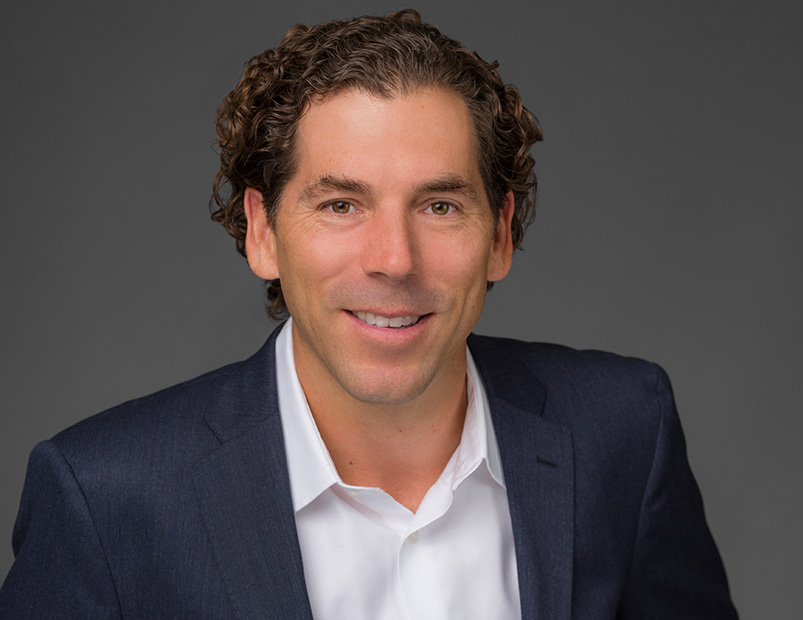
“May you live in interesting times.” Indeed.
M1, a broad measure of the money in the U.S. economy by Federal Reserve Economic Data, just “hockey sticked” to a record high.
Simultaneous to this infusion of capital, interest rates have dropped to the floor, cap rates are down (especially for multifamily), and we are likely to see all-time lows. We might even look back in a few years and laugh at a time when we used to underwrite a cap-on-cost of 6 percent for apartment developments.
It is estimated that 25 percent of the money in circulation was printed since the onset of COVID-19. Our low-yield, cash abundant world seems to be heading to lower yields with more cash on hand than we have ever seen. Asset prices are going to pop again.
So what shall the yield-seeking investor do? Consider the land lease.
The land lease, also referred to as the ground lease, is not a new tool, but Wall Street’s gotten into the game, and borrowers (or sellers) might do well to give this some serious consideration.
We recently went to market to capitalize a $68 million mixed-use development in San Diego. One of our options was a ground lease. In this scenario, the developer would sell the land for $23.2 million and begin paying ground rent at a 3.2 percent rate on the entire sale consideration for the next 99 years. They would give up the fee title to the land.
The $23.2 million of capital can be put to work on the project by covering 100 percent of their $7.6 million land acquisition, plus $15.6 million of additional costs. The cost comes in the form of a $742,000 hit to NOI, as the ground lease is paid from operating income. But look at the simple math, finance costs excluded, below:
| Conventional Development | Ground Lease | |
| Land | 7,566,863 | 7,566,863 |
| Land Consideration (part 1) | – | (7,566,863) |
| Hard and Soft Costs | 51,784,062 | 51,784,062 |
| Land Consideration (part 2) | – | (15,633,137) |
| Total Cost | 59,350,925 | 36,150,925 |
| NOI/Income B4 Lease | 3,707,447 | 3,707,447 |
| Land Lease Payment | (742,400) | |
| NOI After Land Lease | 2,965,047 | |
| Cap on Cost | 6.25% | 8.20% |
The new project is 195 basis points richer from a yield-on-cost perspective. Yes, ground-lease assets trade a discount to the comparable property on fee title, but that discount is nothing near 200 bps. For this asset, factoring in 50 bps discount (cap rate expansion) in the terminal sale would be more than sufficient, which means that for the up-front sale, the borrower/seller was able to improve the development’s economics by 145 basis points.
Another perspective on the deal: Take $742,000 of the project’s future NOI and sell it at a 2.3 percent cap rate to the ground lessor. Those dollars can be used today to pay for costs that would otherwise be funded by debt and equity.
While the land lease has been an established tool, what’s a bit new is that institutional providers are bringing billions of dollars into the space and writing the leases in a manner that allows buyers, agency lenders, banks, and CMBS lenders to understand and “see through” the implications of the agreement.
Yield is hard to find. Have you turned over this stone?
Kevin Choquette is the principal of Fident Capital.

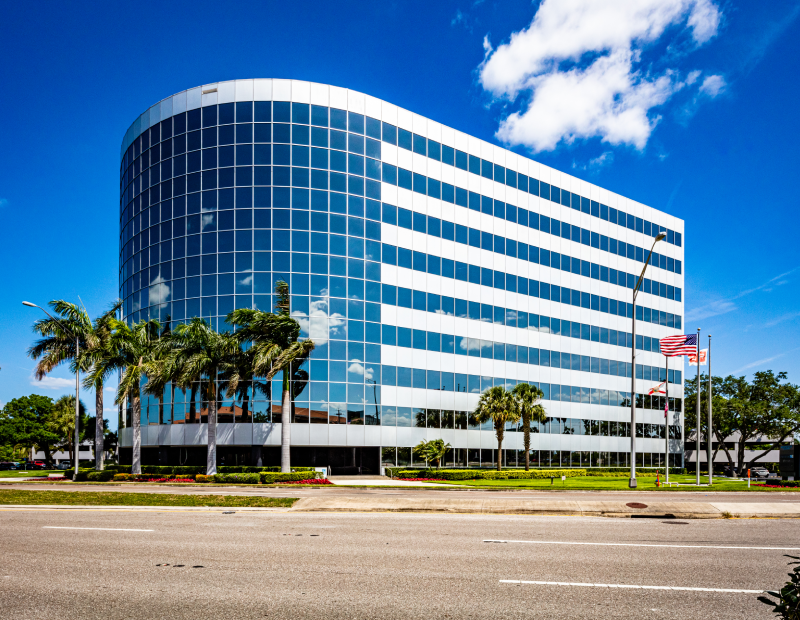
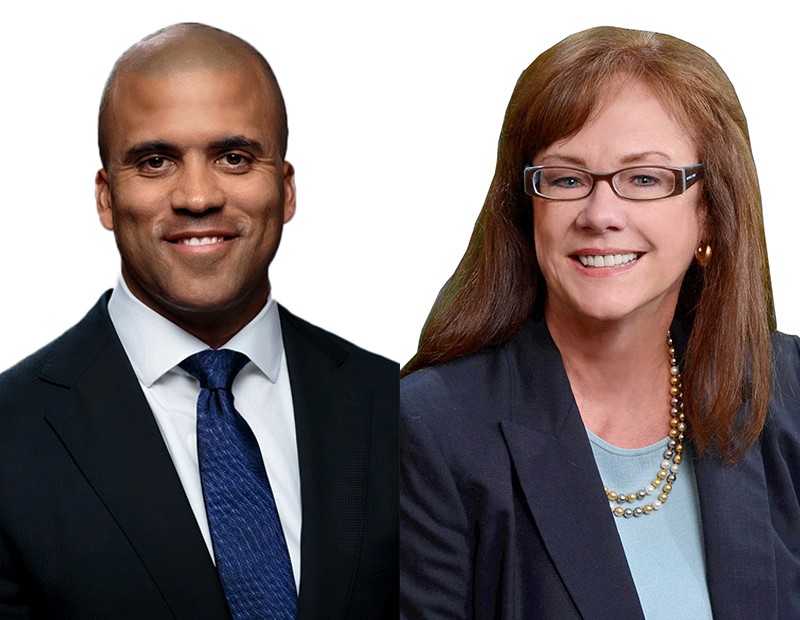


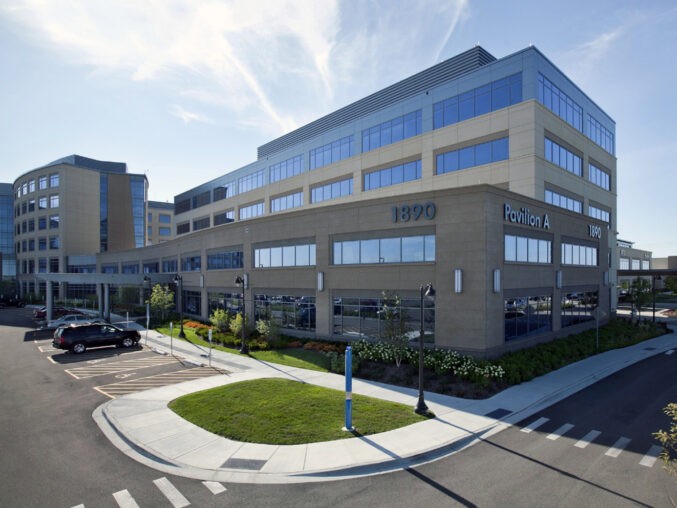
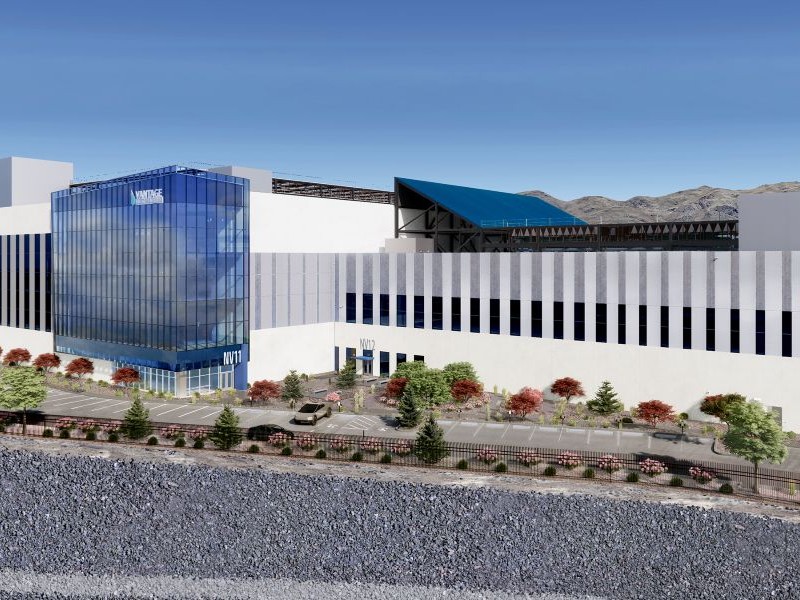
You must be logged in to post a comment.